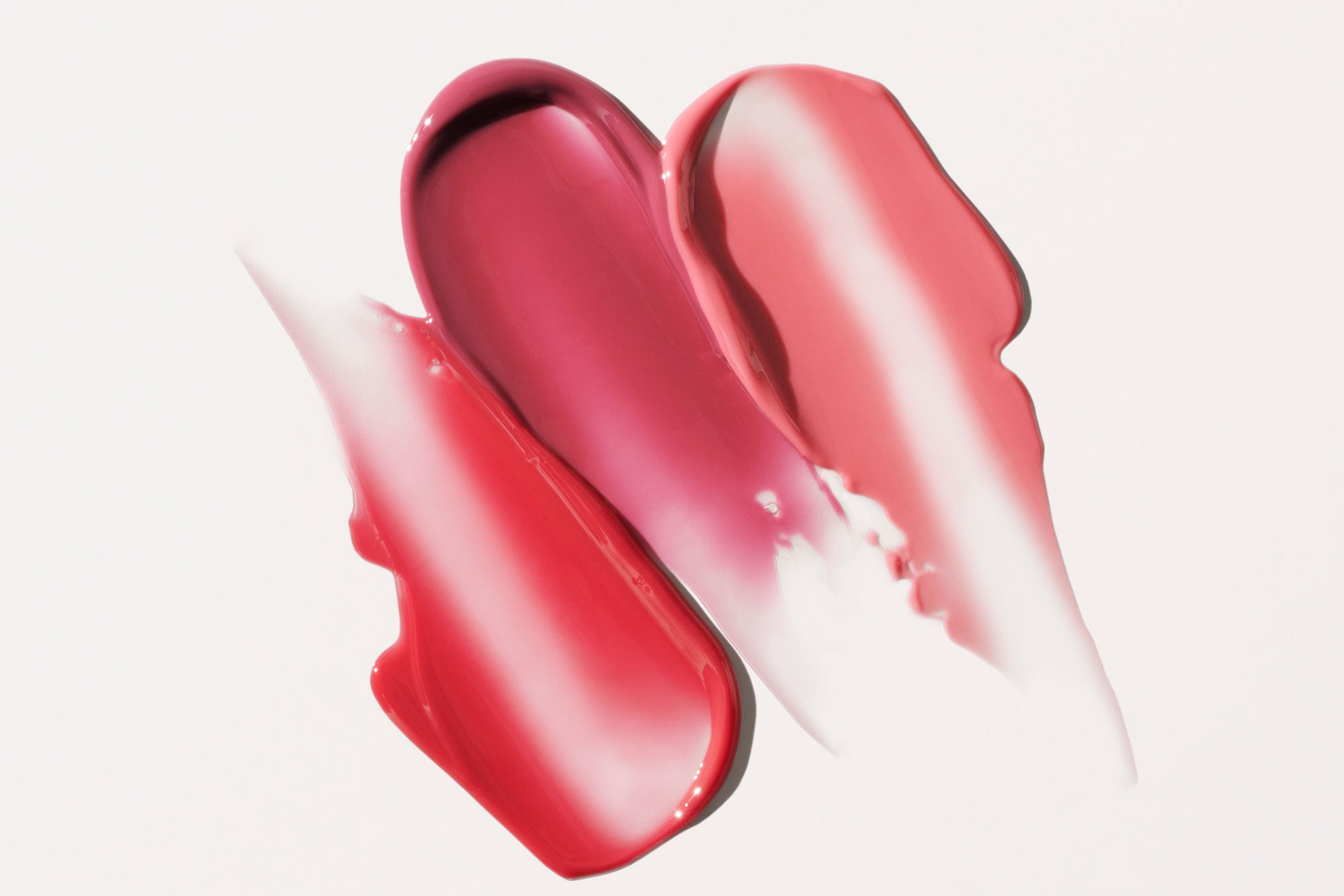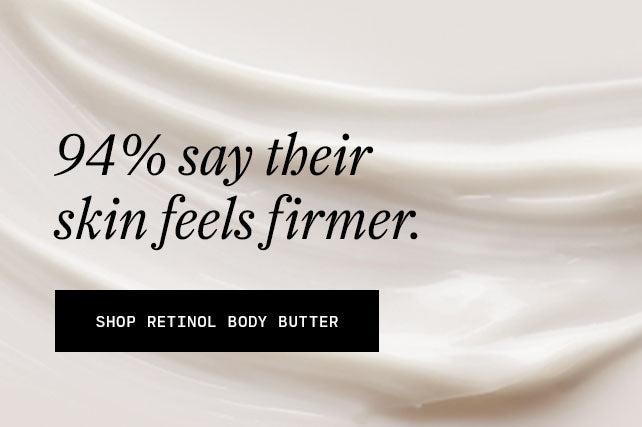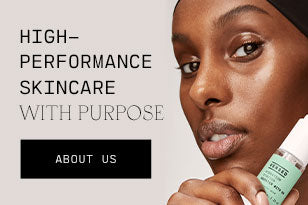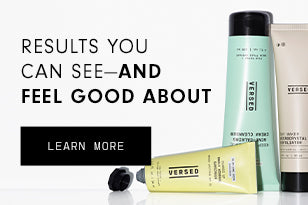
How to Ensure Your Cosmetics Are Actually Cruelty-Free
What Does Cruelty-Free Mean?
Similar to ‘natural skincare’, cruelty-free is a term that isn’t defined or regulated by the FDA. But generally speaking, cruelty-free products refer to formulas that haven’t been tested on animals. The concept was first coined in the late 1950s when animal rights activist Muriel Dowdling encouraged labeling fake furs as ‘Beauty Without Cruelty’. Before that, testing cosmetic products on animals (such as rabbits, mice, and guinea pigs) before they hit the market was common practice as a way for brands to substantiate their safety claims. Unfortunately, this type of testing (like the infamous Draize test where chemicals are rubbed on eyes and skin) is harmful and can result in the animals’ death. Nowadays, there are many alternatives, such as using computer-based technologies or cell cultures. Plus, traditional testing on animals isn’t considered very accurate anyway, since (unsurprisingly) animals respond to chemicals much differently than humans do.
How to Know If A Product Was Tested on Animals
Because the term cruelty-free isn’t regulated, shopping for brands that employ this label isn’t always sufficient. More often than not, the term is left up for interpretation and its true meaning can vary. For example, a brand could claim its product wasn’t tested on animals but that doesn’t mean testing didn’t occur at the ingredient level (which, by the way, is where a majority of these practices take place). Or, a company could hire a third party to performs the animal testing for them, yet still consider itself to be cruelty-free. A brand can even be considered cruelty-free in the country it’s based out of, but perform animal testing elsewhere—like in China, where it’s mandatory.
As you can imagine, this makes shopping for cruelty-free products a confusing and frustrating process. Essentially any product can slap a bunny illustration on its packaging and allow assumptions to be made about its products. There are ways to ensure your cosmetics aren’t tested on animals, however, by looking for cruelty-free certification.
What Are Cruelty-Free Certifications?
If you’re shopping for cruelty-free products in the US, keep an eye out for products certified by the Leaping Bunny Program or PETA’s Beauty Without Bunnies (or Cruelty Free International and Choose Cruelty Free if you’re in the EU and Australia, respectively). Both organizations require companies to provide documentation that ensures their products truly are cruelty-free and never tested on animals. Leaping Bunny also conducts its own audit, requires additional compliance from a brand’s third-party suppliers, mandates an annual recommitment, and does not allow products to be sold in any country where animal testing is required. Because we say no to animal testing and yes to cruelty-free cosmetics, Versed is certified cruelty-free by the Leaping Bunny Program. To explore more Leaping Bunny certified products, look out for their symbol. 
Note: Vegan and cruelty-free are not the same thing (although good news: we’re both!). To learn more about vegan ingredients, read our guide.






